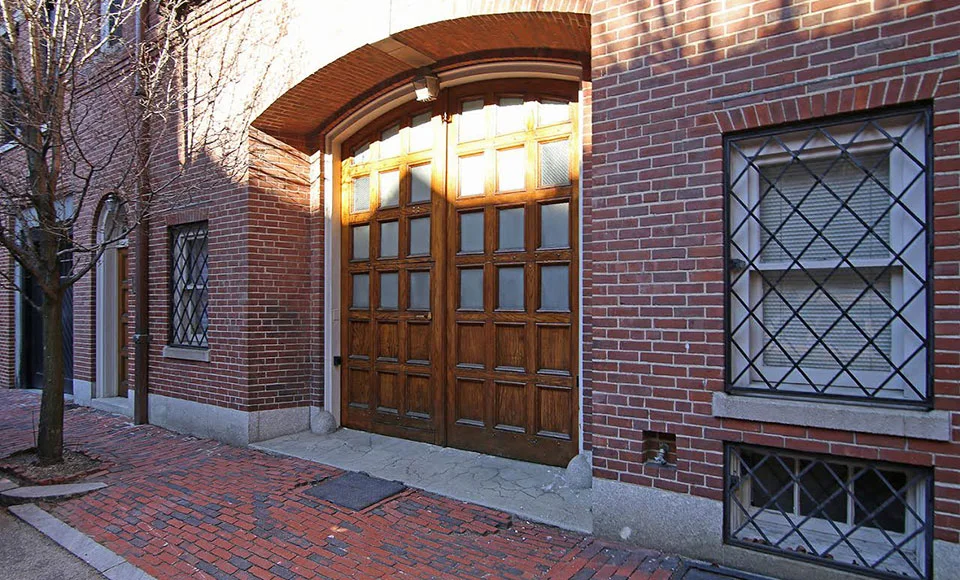
The “Boston Brahmin types” clue in the NYT Mini Crossword on June 17, 2025, ignites curiosity about Boston’s elite. Discover their history and cultural legacy.
Crossword Clue Revives Interest
On June 17, 2025, the New York Times Mini Crossword featured the clue “Boston Brahmin types,” sparking widespread curiosity about this historic elite. The five-letter answer, “WASPS” (White Anglo-Saxon Protestants), has trended on social media, prompting renewed interest in Boston’s upper-class legacy. Known for their wealth, education, and influence, the Boston Brahmins shaped American culture. This article explores their history and why they remain relevant today.
Defining the Boston Brahmins
The term “Boston Brahmin” refers to Boston’s traditional upper class, primarily descendants of early English Puritan settlers. Coined by Oliver Wendell Holmes Sr. in an 1860 Atlantic Monthly article, it draws from the Hindu priestly caste, symbolizing their perceived intellectual and social superiority. These families, including the Adamses, Lowells, and Cabots, were known for their Harvard ties, Anglican or Unitarian faith, and refined New England accent.
Historical Influence and Legacy

From the 19th to mid-20th century, Boston Brahmins dominated American institutions. They founded cultural landmarks like the Boston Symphony Orchestra and the Museum of Fine Arts. Families like the Forbeses, who amassed wealth through trade and railroads, and the Adamses, with presidents John and John Quincy, exemplified their power. Their commitment to education and philanthropy shaped Boston as the “Athens of America.”
Cultural Traits and Exclusivity
Boston Brahmins were defined by their reserved demeanor, preppy dress, and dedication to arts and charity. They attended elite prep schools and Harvard, intermarried to preserve wealth, and upheld strict moral codes, shunning scandal and divorce. Their exclusivity, however, drew criticism, particularly for resisting immigrant integration, as seen in their support for the Immigration Restriction League in 1894.
Social Media Buzz
The NYT crossword clue ignited discussions on , with users debating the Brahmins’ modern relevance. Some, like @DPearsonPHL, argue their influence has waned, noting they no longer dominate boardrooms or politics. Others highlight their enduring cultural imprint, citing institutions they founded. The clue’s answer, “WASPS,” reflects their White Anglo-Saxon Protestant identity, a term still used to describe old-money elites.
Controversies and Decline
Despite their abolitionist stance, Brahmins often resisted diversity, particularly against Irish and other immigrants in the 19th century. Their support for restrictive immigration policies, led by figures like Henry Cabot Lodge, sparked debate. By the 1920s, their influence declined after controversies like the Sacco-Vanzetti trial, where Brahmin-led decisions were criticized. Today, their legacy is more institutional than societal.
Modern Relevance

While some users claim the Boston Brahmins are “extinct,” their cultural footprint persists in Boston’s institutions and preppy style. The crossword clue’s popularity suggests ongoing fascination with their mystique. Modern descendants, like John Kerry, linked to the Forbes family, maintain influence in politics, though the group’s exclusivity has faded in a more diverse Boston.
Future of the Brahmin Legacy
The resurgence of interest via the NYT crossword highlights the Boston Brahmins’ enduring allure. As Boston evolves, their legacy may shift further toward cultural and historical significance rather than active power. Future discussions could focus on how their institutions adapt to a multicultural society, ensuring their contributions remain relevant in a changing world.
No responses yet